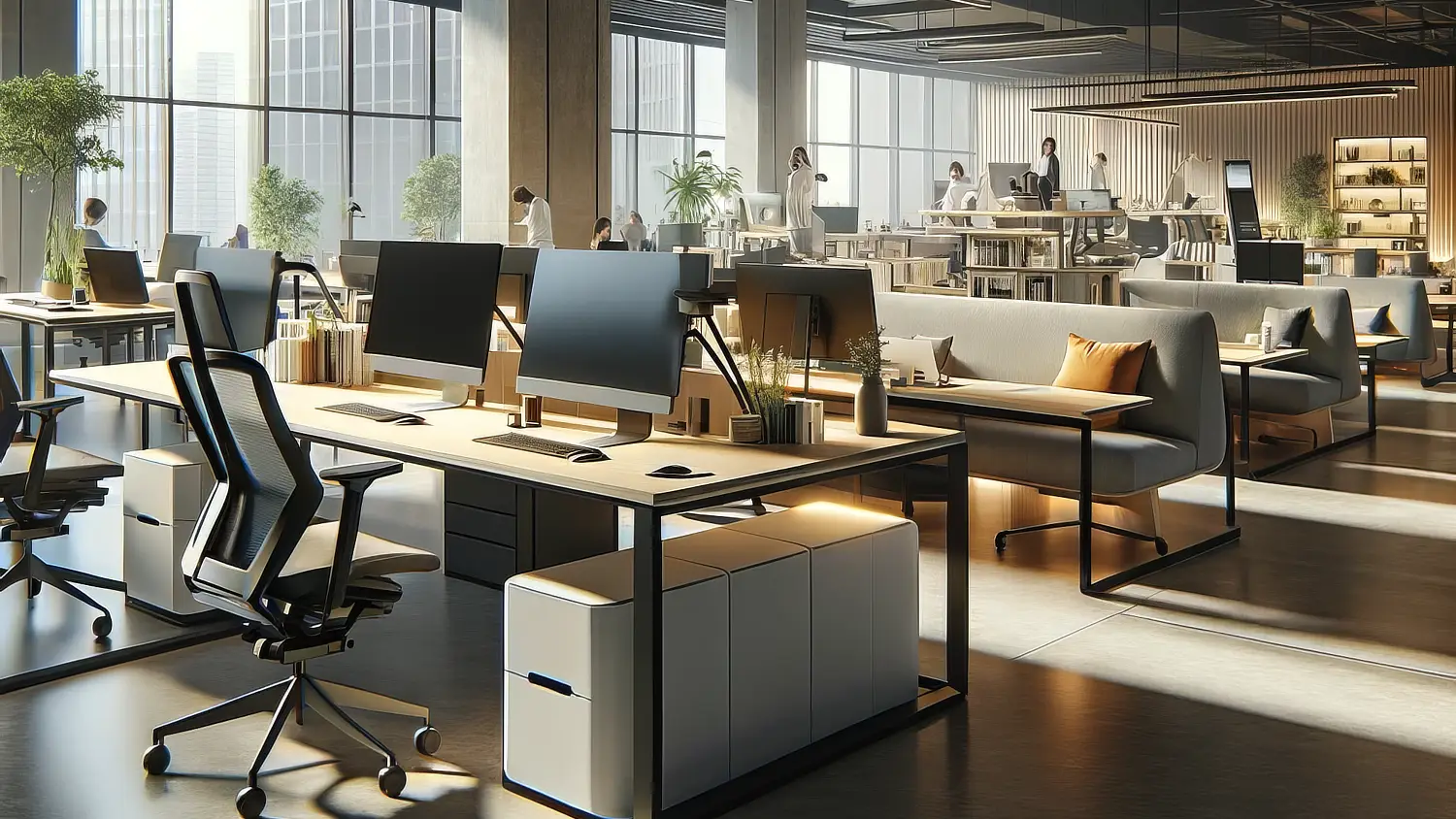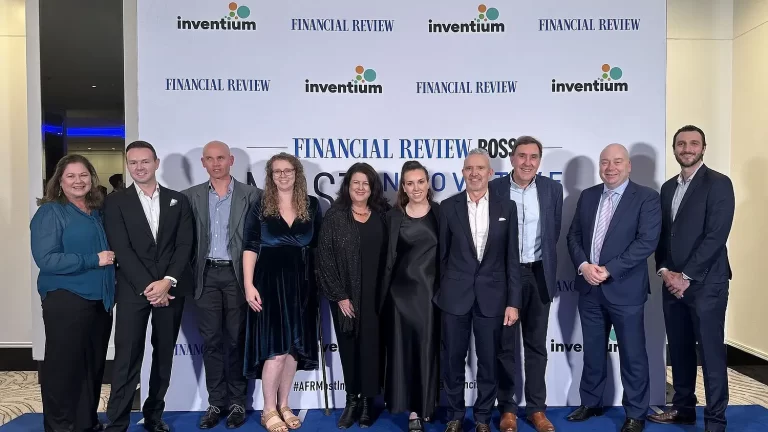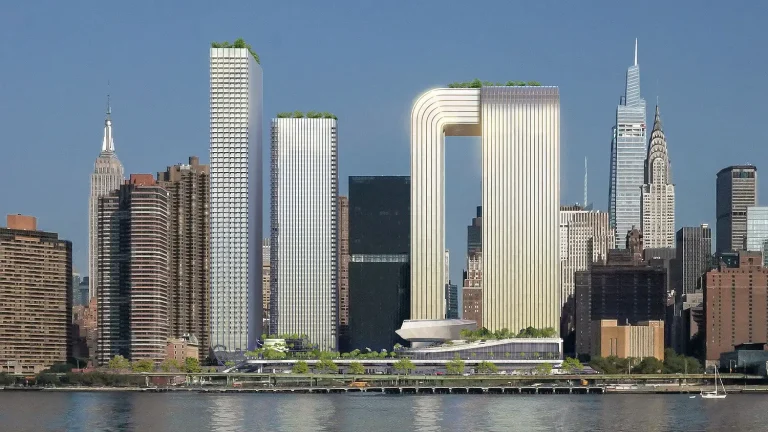In the rapidly evolving landscape of today’s workplace, productivity and flexibility have become the cornerstones of a high-performing environment. Here are CR’s eight fundamental strategies to transform your office into a space that not only meets the demands of the modern workforce but also fosters innovation and efficiency.
1. Promote Physical Activity
Encouraging physical movement within the workplace can significantly boost employee wellness and, by extension, their performance. Integrating standing desks, promoting stair use over elevators, and creating open spaces for quick, rejuvenating exercises are all ways to keep the workforce physically engaged and mentally sharp.
2. Create Spaces for Solitude
While collaboration is key, the need for quiet, solitary spaces cannot be overstated. These retreats are essential for deep focus work or simply to take a mental break. Designating quiet areas or soundproof booths ensures employees have a place to retreat to when needed.
3. Design with Flexibility in Mind
An adaptable workspace is a resilient workspace. By designing offices that can easily be reconfigured for different tasks or teams, businesses can quickly respond to changing demands without the need for extensive renovations, saving time and resources in the long run.
4. Prioritise User Experience
A workspace that is intuitive and comfortable can dramatically enhance productivity. Investing in quality furniture, ensuring ample natural light, and maintaining indoor air quality are all aspects that contribute to a positive user experience.
5. Integrate Elements of Hospitality
Bringing elements of hospitality into the office can make employees feel valued and cared for. This could mean offering complimentary healthy snacks, having a dedicated space for relaxation, or simply ensuring the workspace has a welcoming and warm aesthetic.
6. Facilitate Multipurpose Use
Dual-purpose areas not only save space but also encourage a dynamic use of the office environment. Spaces that can function as both a meeting room and a casual lounge, for example, offer versatility while fostering a creative and collaborative atmosphere.
7. Support Spontaneous Collaborations
The best ideas often come from chance encounters. Designing spaces that encourage spontaneous discussions—such as communal kitchens or coffee areas—can lead to unexpected collaborations and breakthroughs.
8. Offer Ongoing Learning Opportunities
Empowering employees with the knowledge and skills to make the most of their workspace is critical. Whether it’s training on the latest productivity tools or workshops on ergonomic practices, continuous education ensures that the workforce is always equipped to excel in an evolving work environment.
By implementing these strategies, businesses can create a workplace that not only meets the current needs of their employees but is also poised to adapt to future challenges. An office designed for high performance is one that prioritises the health, comfort, and continuous growth of its workforce, laying the foundation for sustained success and innovation.



